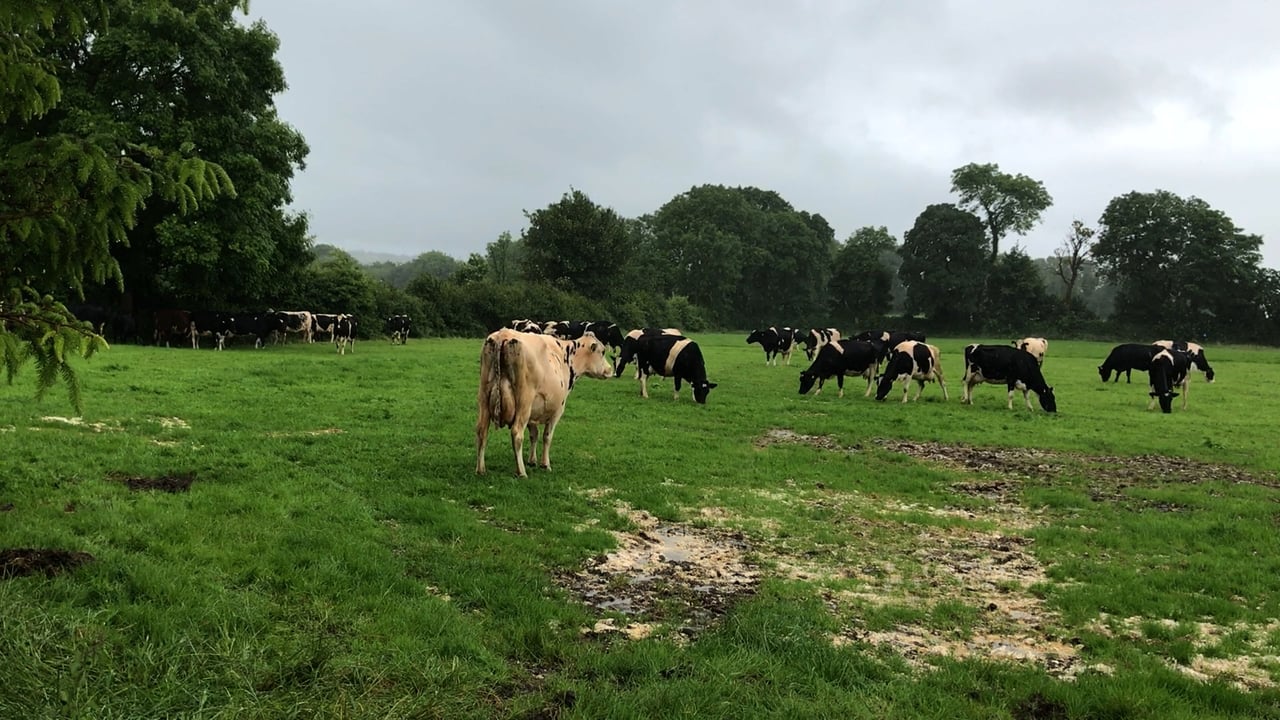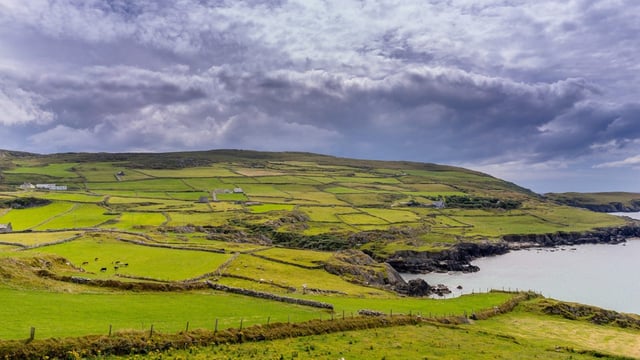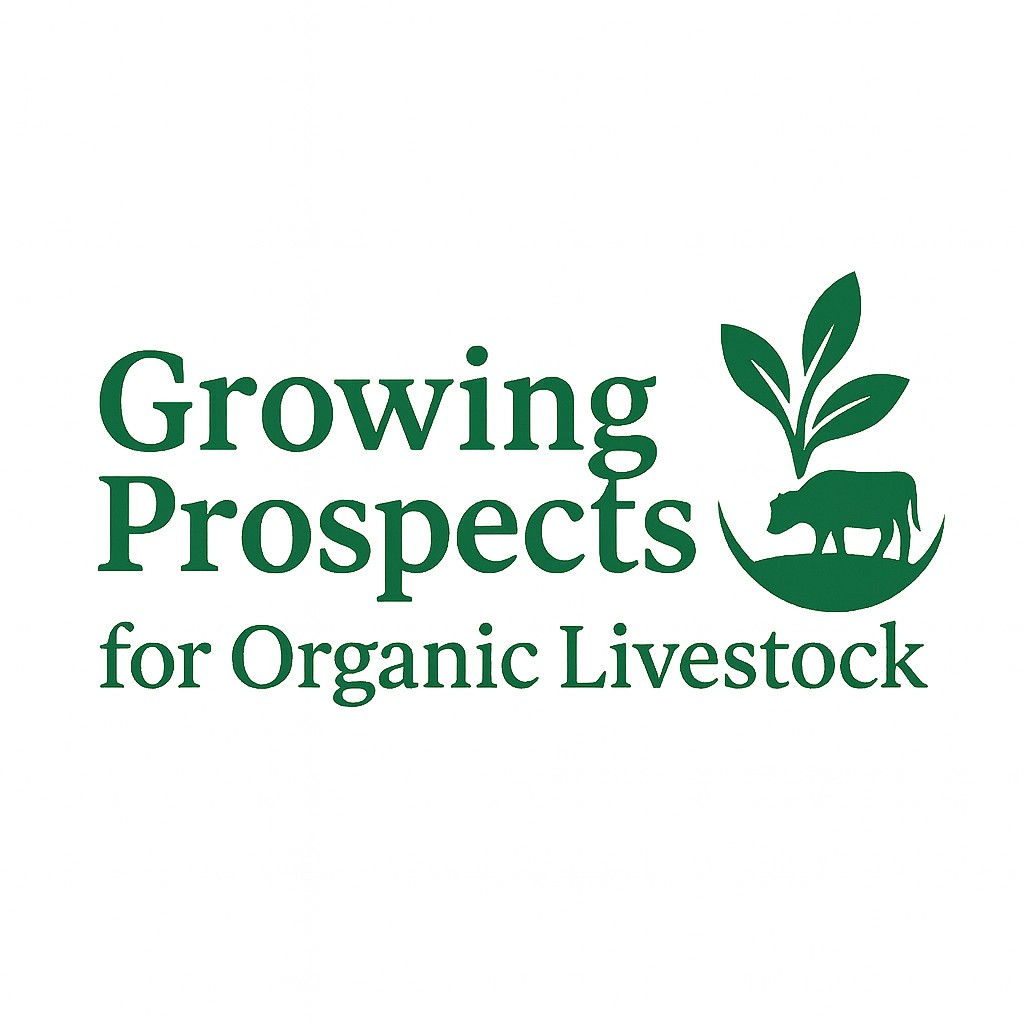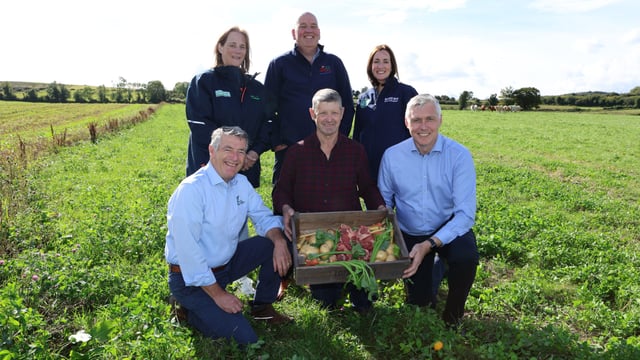Report: Agriculture contributes to EU GHG emissions fall
Greenhouse gas (GHG) emissions in the EU fell by 8% in 2023 according to the latest report published by the European Commission today (Thursday, October 31).
The 2024 Climate Action Progress Report showed that net EU GHG emissions fell by 8.3% in 2023 compared to the previous year.
According to the commission, this is the largest annual drop in decades, with the exception of 2020 when Covid-19 led to emission cuts of 9.8%.
The reports stated that net GHG emissions are now 37% below 1990 levels, while GDP (gross domestic product) grew by 68% over the same period, showing the continued decoupling of emissions and economic growth.
The commission has said that the EU remains on track to reach its commitment to reduce emissions by at least 55% by 2030.
Emissions from power and industrial installations covered by the EU Emissions Trading System (ETS) saw a record 16.5% decrease in 2023.
ETS sector emissions are now around 47.6% below 2005 levels and well on track to reach the 2030 target of -62%, according to the report.
Under the EU ETS, emissions from electricity production and heating decreased by 24% compared to 2022, driven by the growth of renewable energy sources, in particular wind and solar energy, and the transition away from coal.
Aviation emissions grew by 9.5%, continuing their post-Covid-19 trend.
The EU ETS generated revenues of €43.6 billion in 2023 for climate action investments. €7.4 billion is assigned to the Innovation Fund and the Modernisation Fund, with the rest of the money going to member states directly.
Buildings, agriculture, domestic transport, small industry and waste emissions (covered by the Effort Sharing Regulation) fell by around 2% in 2023.
Reductions were driven by the buildings sector, decreasing by around 5.5%. Agricultural emissions fell by 2% while transport emissions fell by less than 1%.
The EU's natural carbon sink increased by 8.5% in 2023, reversing the declining trend of the past decade in the Land Use, Land Use Change and Forestry (LULUCF) sector. However, further efforts are needed to meet the 2030 targets, the commission's report added.
While the commission acknowledged that the report gives encouraging news on EU emission reductions, the last year has also seen more catastrophic events and lost lives and livelihoods, driven by the already changing climate, and global emissions have not yet peaked.
Continued action is necessary to ensure that the EU meets its 2030 targets and sets itself on the right path to achieve its future 2040 target, and the 2050 goal of net zero emissions, the commission said.
It has also called on the EU to continue its international engagement, starting with COP29 next month, to ensure that our international partners are also taking the necessary action.
"While member states are slowly improving on climate adaptation and building resilience, further action is crucial," the commission stated.
In 2023, Europe experienced its largest wildfires ever recorded, one of the wettest years on record, major marine heatwaves, widespread devastating flooding, and a continuing increase in temperatures.
The Commission Communication on Managing Climate Risks and the European Climate Risk Assessment both stressed that climate exposure needs to be considered at all levels of governance when setting policy priorities, and across all sectoral policies.
The past year has seen productive engagement by the EU with its international partners to enhance climate action, most notably at COP28 in Dubai.
At COP28, the parties concluded the first Global Stocktake under the Paris Agreement, with decisions on accelerating action by 2030 and beyond, including the transition away from fossil fuels, tripling renewable energy capacity globally and doubling the global average annual rate of energy efficiency improvements by 2030.
Commissioner for Climate Action, Wopke Hoekstra said: "The EU is leading the way in the clean transition, with another year of strong greenhouse gas emission reductions in 2023. The EU now represents 6% of global emissions.
"As we head off soon to COP29, we once again demonstrate to our international partners that it is possible to take climate action and invest in growing our economy at the same time.
"Sadly, the report also shows that our work must continue, at home and abroad, as we are seeing the harm that climate change is causing our citizens," he concluded.
The report stated: "The agricultural sector is one of the sectors most vulnerable to climate change. It is endangered by a lack of precipitation leading to droughts, by too much precipitation resulting in erosion, landslides and floods, and by hail and frost.
"The food sector and the whole food value chain are vulnerable. Future climatic conditions need to be considered in sectors such as agroforestry.
"The Strategic Dialogue on the Future of EU Agriculture recognises that a fundamental step to make the European agri-food sector more resilient consists in proactively preventing and reducing risks, in particular those arising from climate change and environmental degradation.
"The report touches upon topics under the theme of adaptation, specifically water resilience inagriculture and innovative plant breeding approaches."





